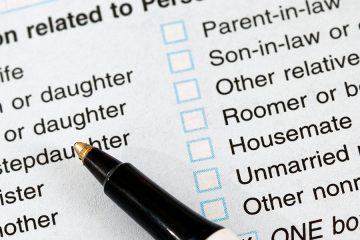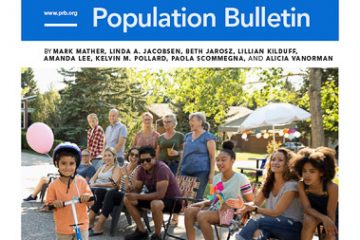- U.S. Census Bureau, “The Hollerith Machine,” www.census.gov/history/www/innovations/technology/the_hollerith_tabulator.html.
- PRB analysis of data from U.S. Census Bureau, American Community Survey.
- Some neighborhoods, such as those with limited broadband access, will be designated “internet choice” and will receive both internet instructions and a paper questionnaire in their first packet of information for the 2020 Census. Other neighborhoods will be “internet first,” with initial information provided for internet response. Households in “internet first” neighborhoods will be able to request a paper questionnaire, and households that don’t respond will receive a paper questionnaire in follow-up mailings from the Census Bureau.
- U.S. Census Bureau, “Providence, Rhode Island: Thank You,” www.census.gov/library/visualizations/2018/dec/providence-rhode-island-thank-you.html.
- U.S. Census Bureau, “2020 Census Program Memorandum Series: 2018.06,” www2.census.gov/programs-surveys/decennial/2020/program-management/memo-series/2020-memo-2018_06.pdf.
- U.S. Census Bureau, “2020 Census Detailed Operational Plan for: 8. Address Canvassing Operation,” www2.census.gov/programs-surveys/decennial/2020/program-management/planning-docs/ADC_detailed_operational_plan_v2.0.pdf.
- The Leadership Conference, “Comments on Proposed Information Collection on 2020 Census, Docket # USBC-2018-0005,” https://civilrights.org/comments-on-proposed-information-collection-on-2020-census-docket-usbc-2018-0005/.
Beth Jarosz
Senior Program Director




